The Best Channel Strips for your Recording Setup
Improve your recordings.
Using a channel strip is one of the most convenient ways to shape your sound on the way in. We’ve selected some of the best channel strips for your setup, no matter what you plan on recording.
Generally, with audio gear, all-in-one products should always be regarded with a healthy degree of skepticism. Channel strips, however, are modular by nature, so you need to find something that suits your specific workflow.
While some pro engineers swear by the “comp no EQ” rule, others like to dial in a healthy dose of parametric EQ before the compression stage on the way in. As history shows, there are no hard and fast rules, only ways to deliver the sounds you desire.
In this Article:
How to Choose the Best Channel Strips
The idea of a channel strip originates from the analogue consoles of yesteryear that helped in the recording process of some of our favourite music.
In today’s flexible home recording era, a useful combination of a preamp stage, EQ, and compression becomes the perfect set of tools to refine your instruments before they enter your DAW.
Providing discrete gain, analogue saturation, and tone colour, or shaping the peaks of your vocals and instruments are all unique features that still can’t be reproduced with software in quite the same way.
The Best Channel Strips: JHS Colour Box V2
Neve-style channel strips come in all shapes, sizes, and price ranges, and the Colour Box brings studio quality to your pedal board. Apart from a great mic and instrument pre, you also get an extremely versatile EQ with 3 variable bands.
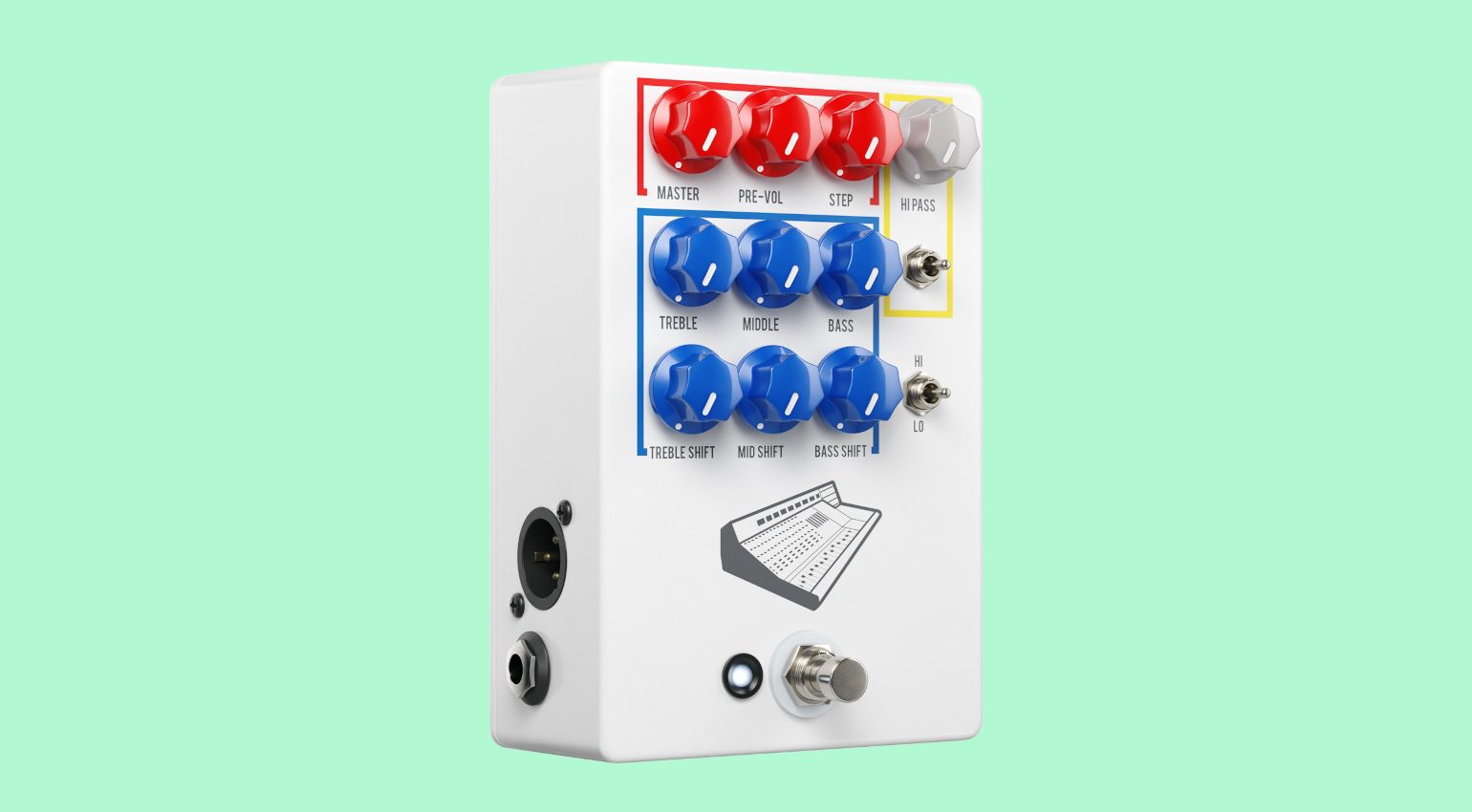
Boost or cut lows from 20Hz to 440Hz, mids from 150Hz to 2.4kHz, and highs from 2kHz to 30kHz. Meanwhile, there is an adjustable HP filter that works from 160Hz to 650Hz. Besides its sound, possibly the best thing about the design is that, without visual cues, you are forced to use your ears.
- More from JHS Pedals
The Best Channel Strips: Behringer 676 and 1273
The Behringer 676 and 1273 are two budget-friendly recording channel strips based on classic designs. With the 676, you get a tube mic preamp with an 1176-style compressor, ideal for capturing vocals, guitars, and more. To perfectly match your input, there are two gain settings for mics, two for high-gain instruments, and one for line inputs.
Also, the 676 has a 2-band EQ to refine your signal on the way in, and the preamp stage and compressor can be used separately, so you can choose to dial in healthy doses of compression and EQ, or record completely clean if you wish. Meanwhile, the 1273 is a dual channel strip module giving you two channels of Neve-style inductor EQ to work with.
This allows you to track vocals and guitar simultaneously, do stereo mic techniques, or you can use the two channels in series to make use of the added EQ bands. Overall, Behringer has created some useful input stages for your home studio with familiar and easy-to-use interfaces. Get it at Thomann.*
The Best Channel Strips: Elysia Skulpter 500
The Skulpter 500 is a versatile front-end module for the 500-series format. Furthermore, its class-A mic pre provides over 60dB of discrete gain, a fixed ratio VCA compressor, and a saturation stage with individual shaping modes for instruments and vocals.
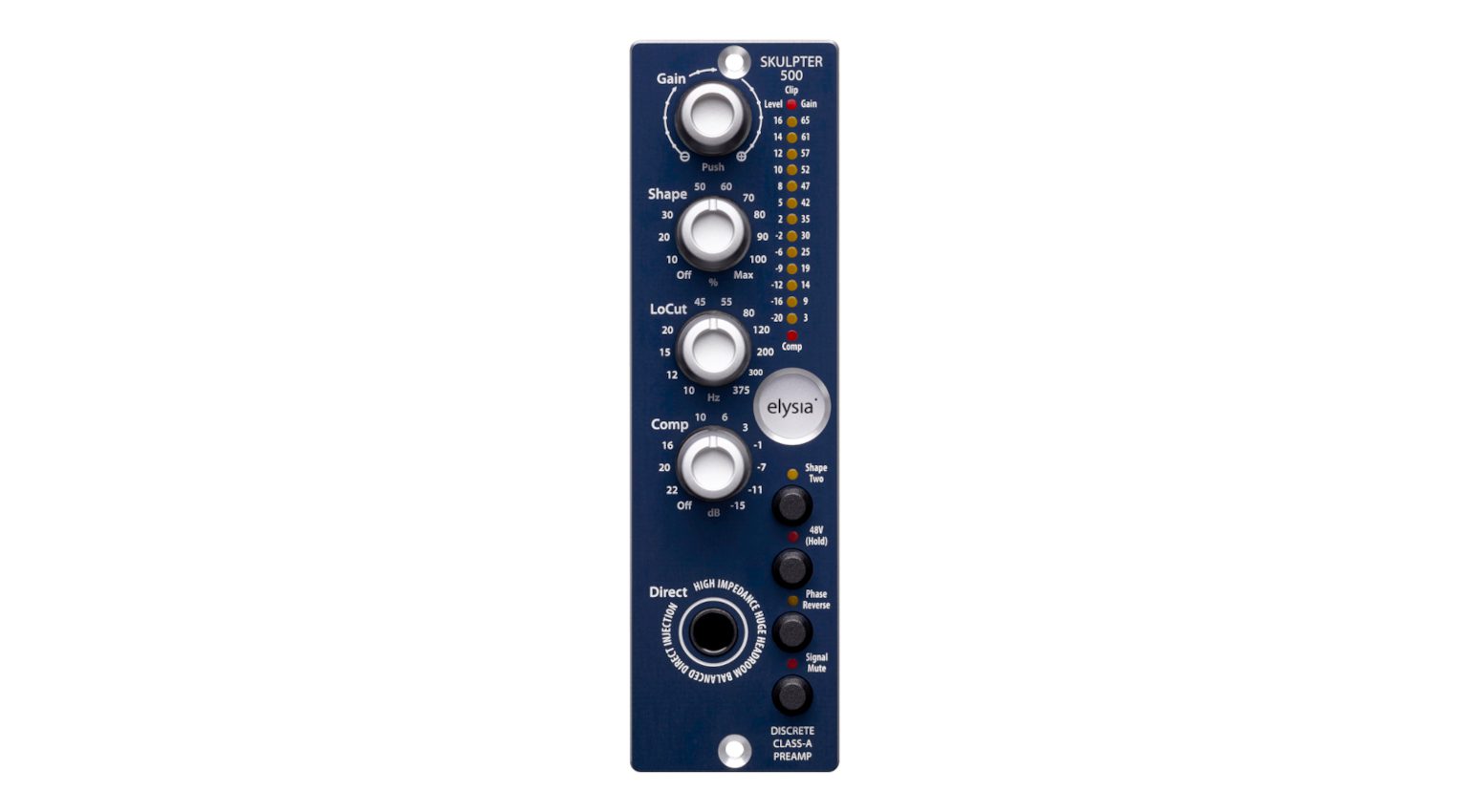
Controls include Shape amount, to set the degree of saturation, compression threshold, and a variable low-cut filter. The front panel layout allows you to work quickly, shifting between different applications and still achieving the sound you want.
- More from elysia
The Best Channel Strips: Tegeler Audio VTRC
The Tegeler Vari Tube Recording Channel combines classic tube circuitry with modern utility, giving you a versatile recording front end. The VTRC offers a wide range of signal shaping tools, including a tube preamp stage, a passive Pultec-style EQ, and two tube compression circuits, an opto and a vari-mu stage that can be used independently or in series.
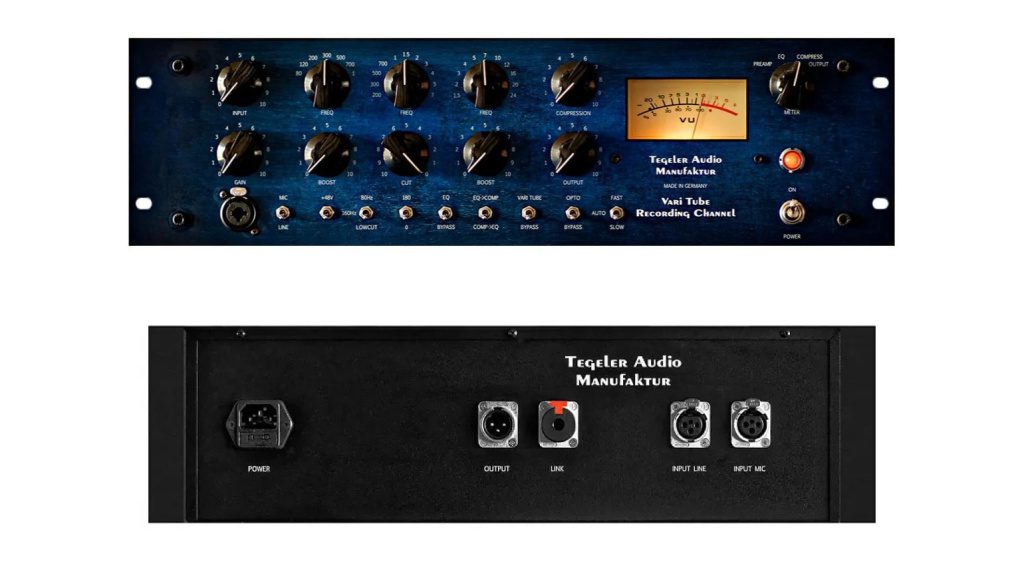
Why does the preamp stage need two gain controls? Well, the main input level is controlled by one, whereas the gain knob allows you to drive the tube stage for introducing saturation and harmonic distortion. On the EQ side, there is a switchable low-cut filter and three passive EQ bands to enhance your signals on the way in.
The two compressors are both dialed in with a single knob, and you can set the response time to fast, slow, or auto. Meanwhile, two VTRC channels can be stereo-linked for bus processing applications and stereo recording. Overall, the VTRC is a versatile unit, suitable for a wide range of applications, offering a good bang for buck ratio. Get it at Thomann.*
*Note: This item is currently available at 30% off
The Best Channel Strips: Harrison Audio 32C MS Mix Strip
Build your own classic American Harrison Audio in your rack, one channel at a time, with the 32C MS Mix Strip. This uniquely stackable channel strip provides the legendary 32C mic preamp with a Jensen input transformer and the sought-after EQ section with its signature proportional Q feature.
The input stage is fully loaded with features for dealing with different signals, be it mic, line, or high gain, and there is also an insert point before the EQ stage, so you can add a compressor into the recording path if required. The console section of the MS Mix Strip is equally extensive, with pre- and post-fader outputs and stereo routing options.
To cascade multiple Mix Strips, you simply select the unit that will be the master mixbus and connect the mixbus routing accordingly. This provides a versatile summing mixer with EQ and insert points on every channel. Overall, the MS Mix Strip is a great option for both studio and live sound applications. Get it at Thomann.*
The Best Channel Strips: Empirical Labs Mike-e
There are very few professional studios around the world that don’t own at least one piece of Empirical Labs gear. The Mike-e gives you precise, digital control over your preamp gain and 1176-style compression stage, plus an analogue saturation circuit.

Also, like most things from Empirical, it’s modular and offers flexibility like a pre-compression insert point, a sidechain input, and stereo-link operation. The Mike-e even allows parallel processing, making it even more versatile.
- More from Empirical Labs
The Best Channel Strips: Rupert Neve Designs 5034 Newton Channel
The Newton Channel takes all the quality you’d expect in an RND channel strip and puts it in a more accessible package. You get a basic 3-band EQ with a parametric midrange band, a simple VCA compressor, and, of course, the SILK feature common to RND gear.
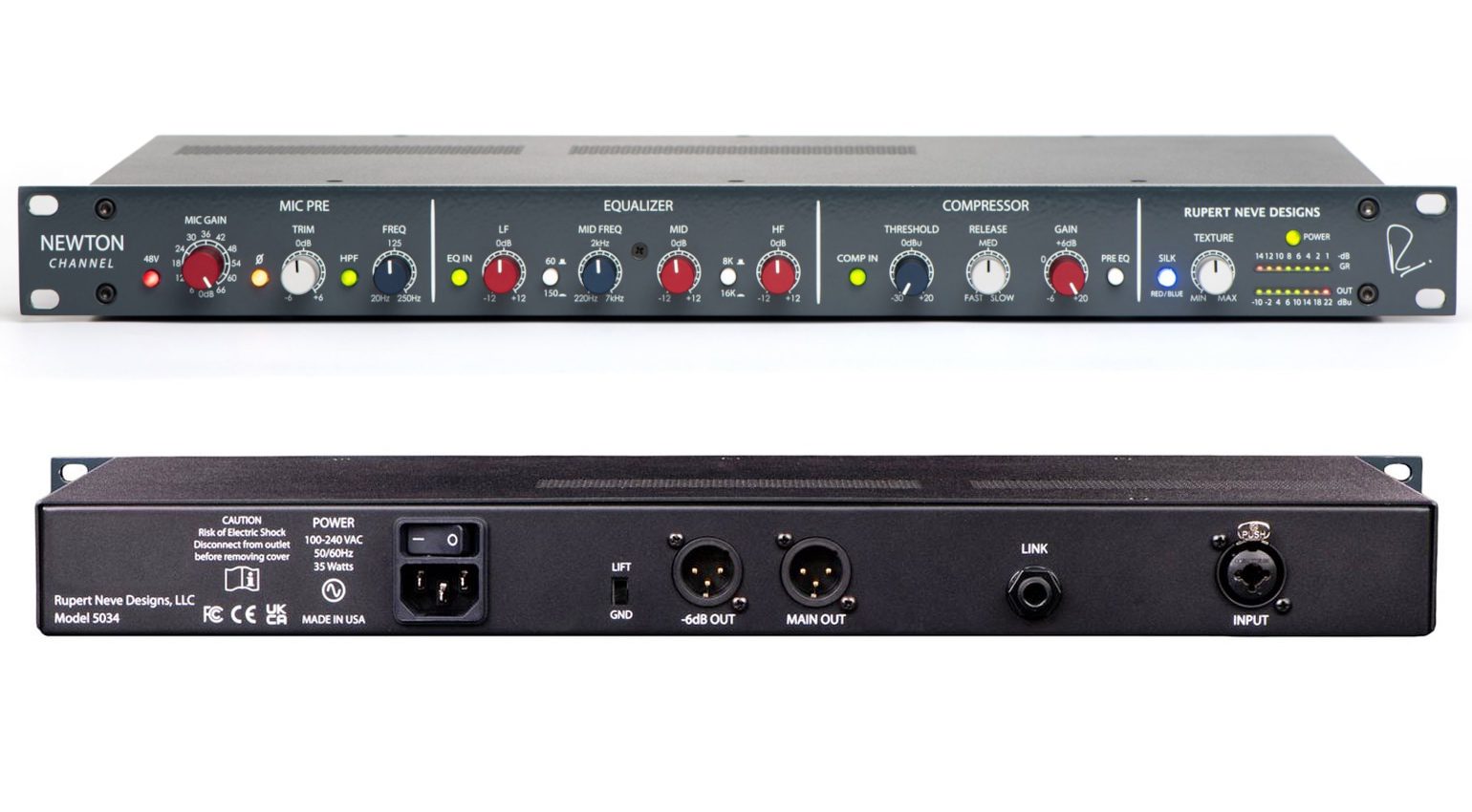
Apart from being stereo-linkable, the EQ and compression stages can be bypassed, and there’s a separate -6dB output to ensure you don’t overload your gain stage when introducing harmonics into the signal.
- More from Rupert Neve Designs
The Best Channel Strips: Manley Core
If you absolutely must have tube gear, Manley is a manufacturer that stands out from the crowd. The Core uses Manley’s famous tube input and ELOP compression stages with a 3-band EQ and an FET brick-wall limiter.

This combination will get the most of the dynamic nuances within the performances you record, and you have the flexibility of the insert and a direct out before the EQ stage, should you need it.
- More from Manley
More about the best channel strips:
- All about channel strips
- More about recording
*Note: This article about the Best Channel Strips contains affiliate links that help us fund our site. Don’t worry: the price for you always stays the same! If you buy something through these links, we will receive a small commission. Thank you for your support!
2 responses to “The Best Channel Strips for your Recording Setup”


 4,5 / 5,0 |
4,5 / 5,0 | 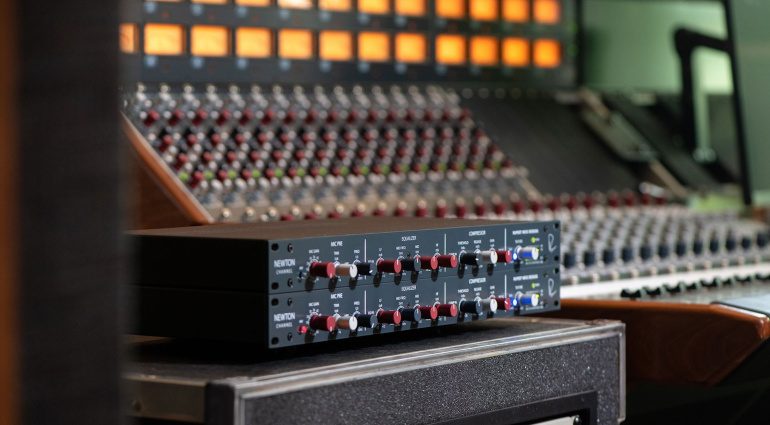

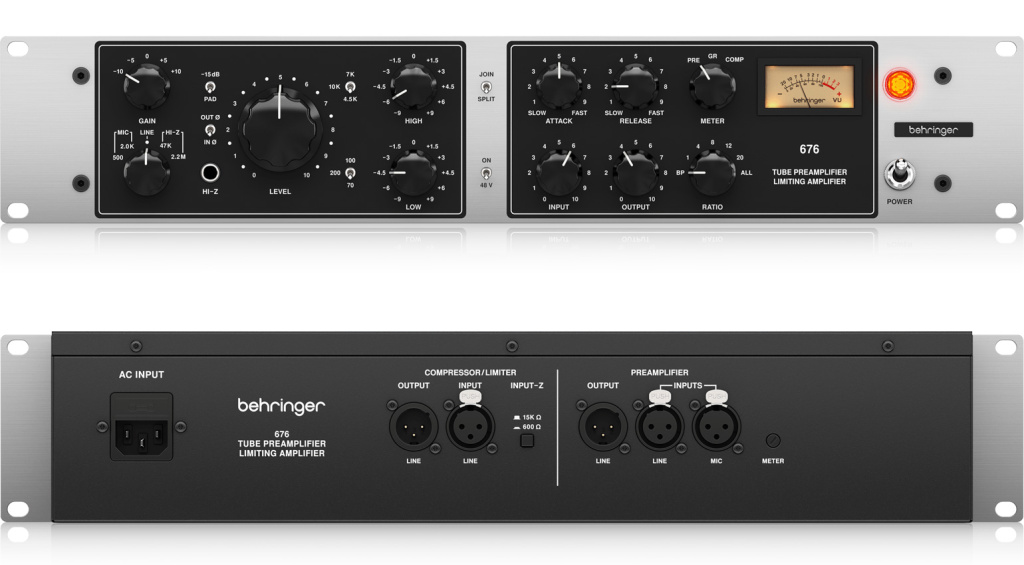
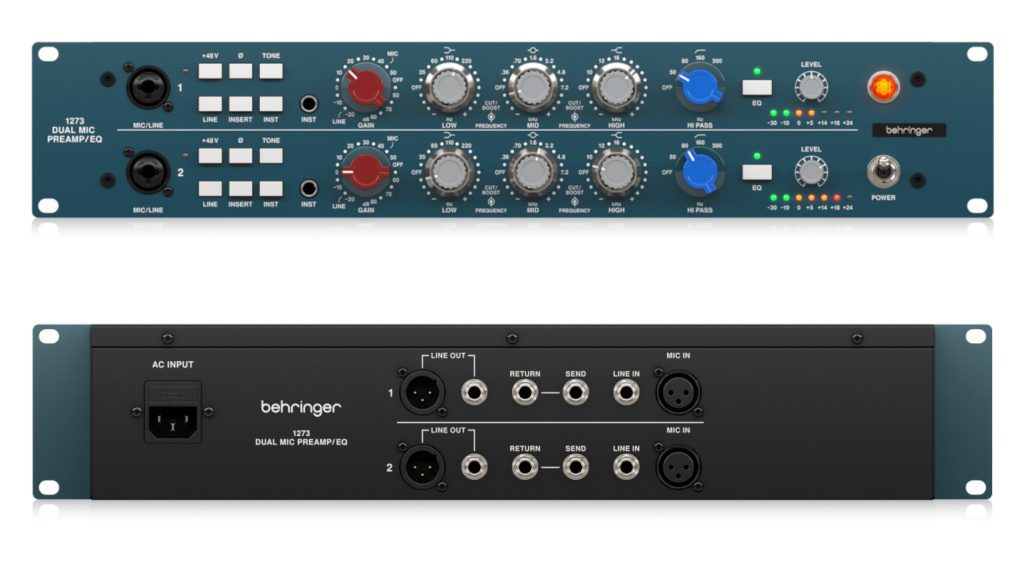
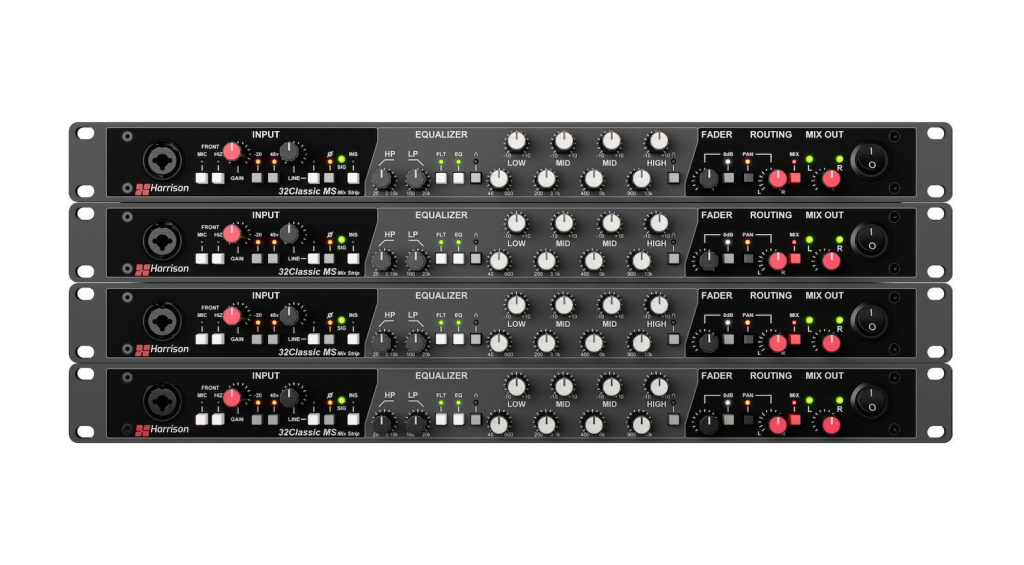
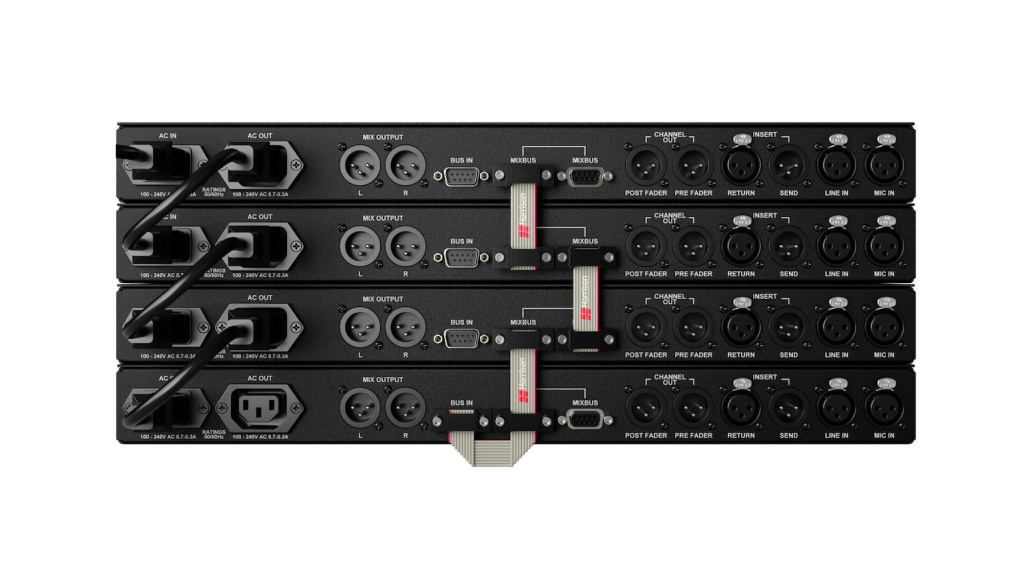
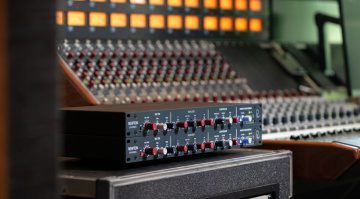

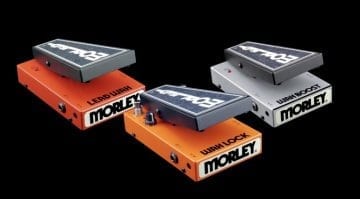


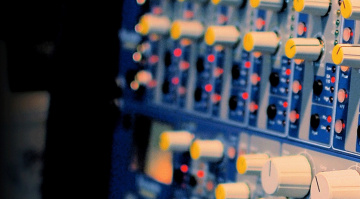

Thanks for the list.
I’d definitely add A-Designs Audio
Ventura to the top of the choices.
3-dimensional sound and sweet eq!
Also although not strictly one unit,
FMR Audio RNP, and RNLA or RNC, which can be hooked insert style into the mic pre RNP. No eq from these guys yet, but for that also HIGHLY recommendable BUZZ audio.
I would not say the Mike-e has 1176 style compression, the attack starts off at what would be equivalent to the slowest setting on an 1176 which imo is not fast enough to do the usual 1176 thing on vocals, if it did then I wouldn’t own a Mike-e and an mc-77
The rest of the attack and release settings are closer to what you get from an ssl or api bus compressor, with added tape-esque input saturation